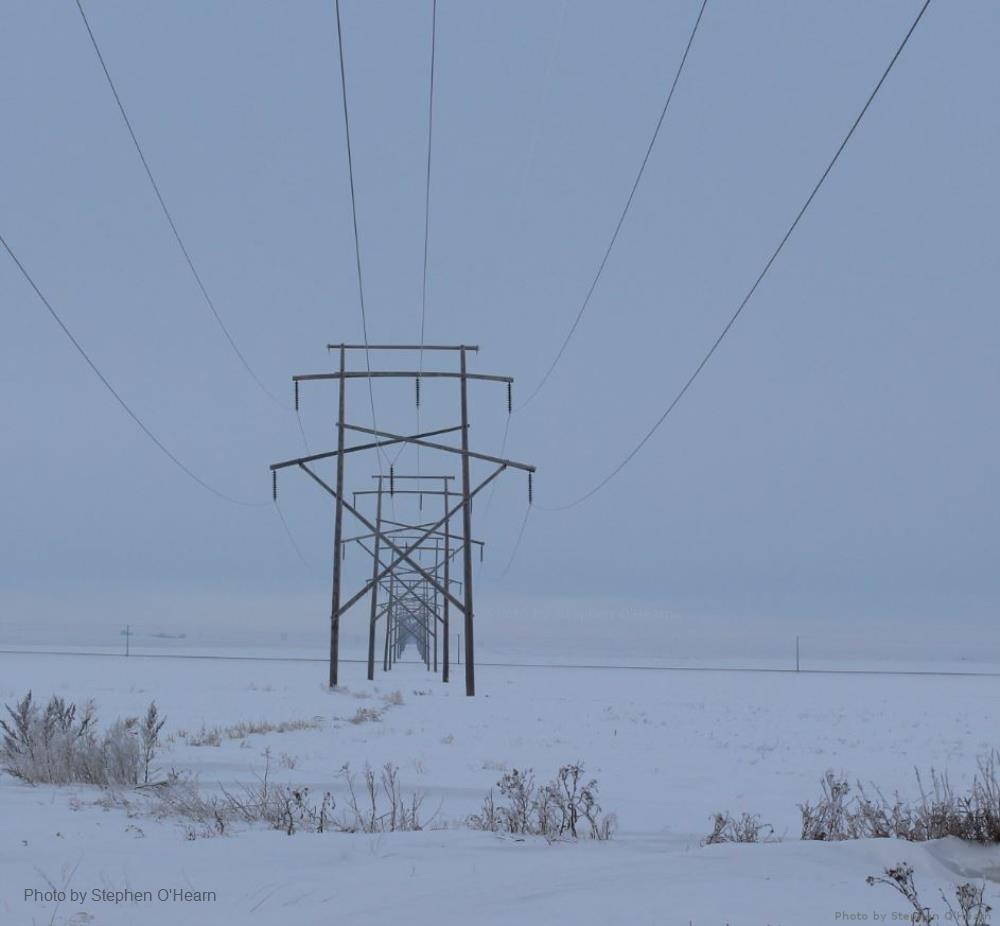
Related items loading ...
Section 1: Publication
Publication Type
Journal Article
Authorship
Hrudey, S.E., Bischel, H.N., Charrois, J., Chik, A.H.S., Conant, B., Delatolla, R., Dorner, S., Graber, T., Hubert, C., Isaac-Renton, J., Pons, W., Safford, H., Servos, M., and Sikora, C.
Title
Wastewater Surveillance for SARS-CoV-2 RNA in Canada
Year
2022
Publication Outlet
FACETS. 7: 1493-1597
DOI
ISBN
ISSN
ISSN 0048-9697
Citation
Hrudey, S.E., Bischel, H.N., Charrois, J., Chik, A.H.S., Conant, B., Delatolla, R., Dorner, S., Graber, T., Hubert, C., Isaac-Renton, J., Pons, W., Safford, H., Servos, M., and Sikora, C. (2022). Wastewater Surveillance for SARS-CoV-2 RNA in Canada. FACETS. 7: 1493-1597
https://doi.org/10.1139/facets-2022-0148
Abstract
Wastewater surveillance for SARS-CoV-2 RNA is a relatively recent adaptation of long-standing wastewater surveillance for infectious and other harmful agents. Individuals infected with COVID-19 were found to shed SARS-CoV-2 in their faeces. Researchers around the world confirmed that SARS-CoV-2 RNA fragments could be detected and quantified in community wastewater. Canadian academic researchers, largely as volunteer initiatives, reported proof-of-concept by April 2020. National collaboration was initially facilitated by the Canadian Water Network.
Many public health officials were initially skeptical about actionable information being provided by wastewater surveillance even though experience has shown that public health surveillance for a pandemic has no single, perfect approach. Rather, different approaches provide different insights, each with its own strengths and limitations. Public health science must triangulate among different forms of evidence to maximize understanding of what is happening or may be expected. Well-conceived, resourced, and implemented wastewater-based platforms can provide a cost-effective approach to support other conventional lines of evidence. Sustaining wastewater monitoring platforms for future surveillance of other disease targets and health states is a challenge. Canada can benefit from taking lessons learned from the COVID-19 pandemic to develop forward-looking interpretive frameworks and capacity to implement, adapt, and expand such public health surveillance capabilities.
Plain Language Summary
Highlights
• A novel wastewater-based risk index simplified understanding of viral load
• Significant correlation relationship between wastewater RNA loads and clinical data
• Thresholds derived from daily per capita viral loads and clinic Rt estimates
• Wastewater-based risk index valuable for decision-making of COVID-19 risk


 GWFNet
GWFNet Master
Master Data
Data Research
Research Map
Map
 Advanced
Advanced Tools
Tools
 . . .
. . .
 Metadata Editor
Metadata Editor
 Record List
Record List
 Alias List Editor
Alias List Editor
 Legacy sites
Legacy sites